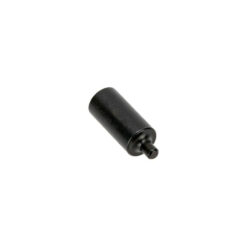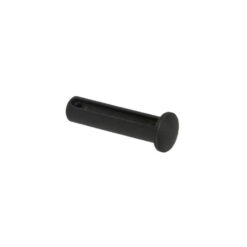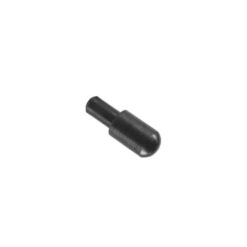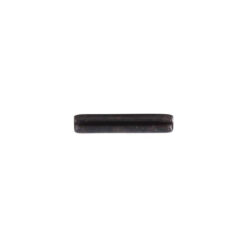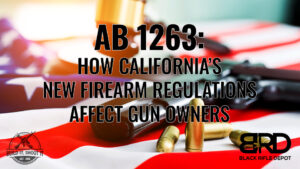Save 31%
MSRP: $15.95
$10.95
Save 9%
MSRP: $10.95
$9.95
Save 10%
MSRP: $0.99
$0.89
Save 9%
MSRP: $1.09
$0.99
Save 10%
MSRP: $0.99
$0.89
Save 10%
MSRP: $0.99
$0.89
Save 10%
MSRP: $0.99
$0.89
Save 6%
MSRP: $15.95
$14.95
Save 9%
MSRP: $10.95
$9.95
Save 13%
MSRP: $1.09
$0.95
Save 10%
MSRP: $1.95
$1.75
Save 9%
MSRP: $4.95
$4.50
Save 16%
MSRP: $1.49
$1.25
MSRP: $2.39
$2.39
Save 30%
MSRP: $9.95
$6.95
Save 7%
MSRP: $1.89
$1.75
Save 5%
MSRP: $3.95
$3.75
Save 14%
MSRP: $6.95
$5.95
Save 10%
MSRP: $9.95
$8.95
MSRP: $1.69
$1.69
Save 7%
MSRP: $14.95
$13.95
Save 11%
MSRP: $1.89
$1.69
Save 10%
MSRP: $0.99
$0.89
MSRP: $1.49
$1.49
Discover our premium selection of AR-15 Parts and Accessories from Strike Industries—engineered to boost your firearm’s performance and tactical versatility. Need guidance? Dive into our expert blogs for insights.












